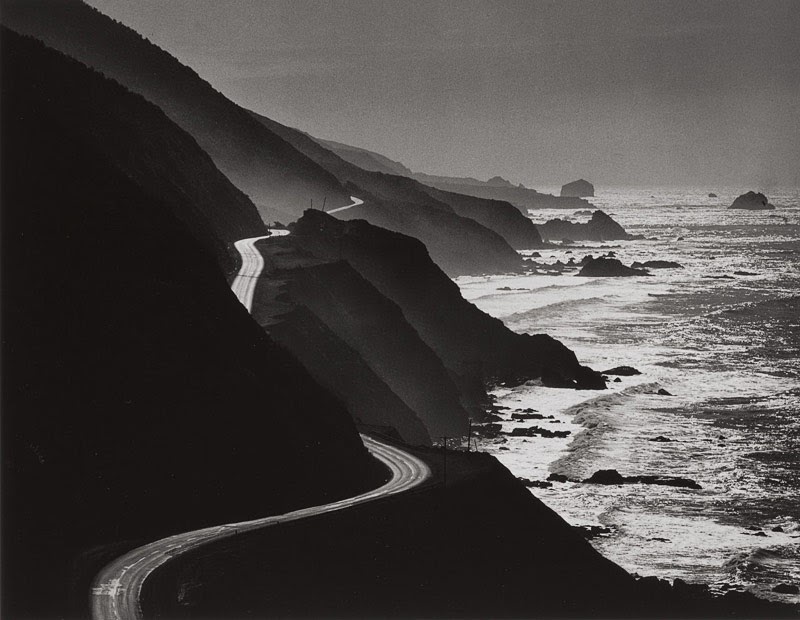

Pennington for providing Monterey Bay oceanographic data. Rich for initial screening of Monterey Bay libraries and F. Heywood of Bigelow for collecting South Atlantic field samples the crew of the RV Point Lobos V. Sievert of the Woods Hole Oceanographic Institute for providing PCR primer information J. Curless, the officers and crew of the RV Ka'imikai-O-Kanaloa, and the HOT team for sample collection at station ALOHA S. Work conducted by the DOE Joint Genome Institute is supported by the Office of Science of the DOE under contract no.

Comments can be submitted by email to city planner Brett Walker at or mailed to the Novato.

and M.E.S.), the David and Lucille Packard Foundation (C.M.P.), the Gordon and Betty Moore Foundation (E.F.D.), the Dutch Science Fund-Earth and Life Sciences (G.J.H.), the Austrian Science Fund-FWF and European Science Foundation EuroEEFG project MOCA (G.J.H.), and Marie Curie project ARCADIA (G.J.H.). The public will be able to weigh in on the environmental report until 5 p.m. Department of Energy (DOE) JGI 2010 Microbes Program grant CSP77 (R.S. and M.E.S.), a grant from the Maine Technology Institute (Bigelow Laboratory), U.S. Our study suggests potential chemolithoautotrophy in several uncultured Proteobacteria lineages that are ubiquitous in the dark oxygenated ocean and provides new perspective on carbon cycling in the ocean’s largest habitat.Īcknowledgments: This work was supported by NSF grants EF-826924 and OCE-0821374 (R.S. Microautoradiography and fluorescence in situ hybridization confirmed bicarbonate uptake and particle association of SAR324 cells. The SAR324 genomes also suggested C 1 metabolism and a particle-associated life-style. These results corroborated community DNA and RNA profiling from diverse geographic regions. Multiple cells of Deltaproteobacteria cluster SAR324, Gammaproteobacteria clusters ARCTIC96BD-19 and Agg47, and some Oceanospirillales from the lower mesopelagic contained ribulose-1,5-bisphosphate carboxylase-oxygenase and sulfur oxidation genes. Using single-cell sorting and whole-genome amplification of prokaryotes from two subtropical gyres, we obtained genomic DNA from 738 cells representing most cosmopolitan lineages. Recent studies suggest that unidentified prokaryotes fix inorganic carbon at globally significant rates in the immense dark ocean.


 0 kommentar(er)
0 kommentar(er)
